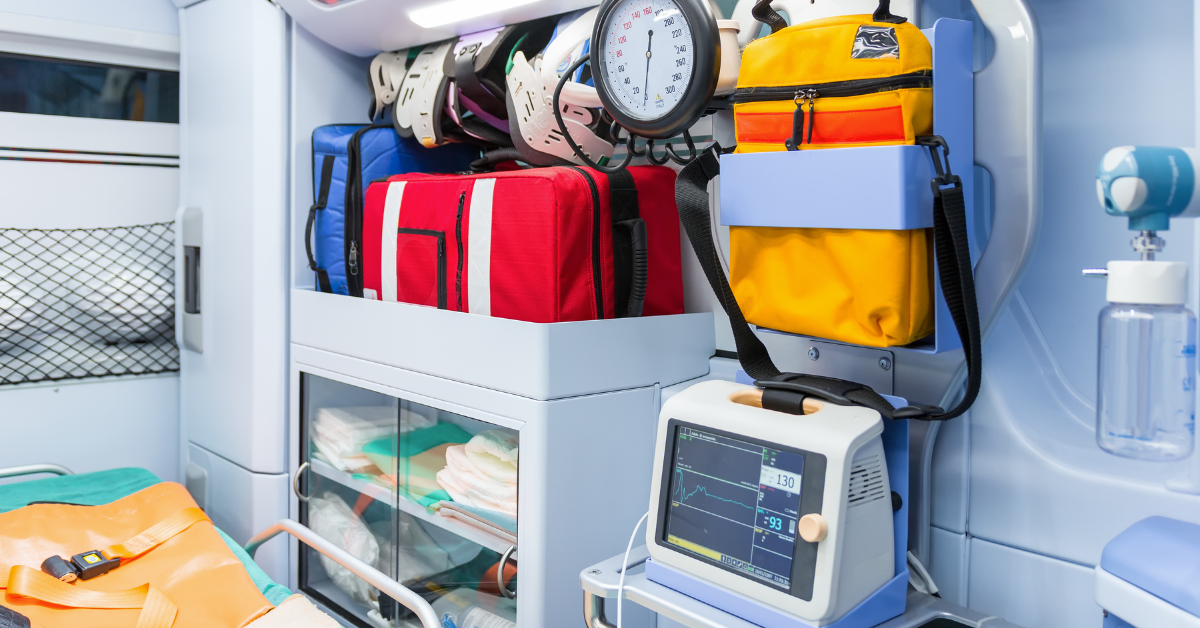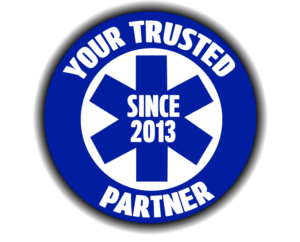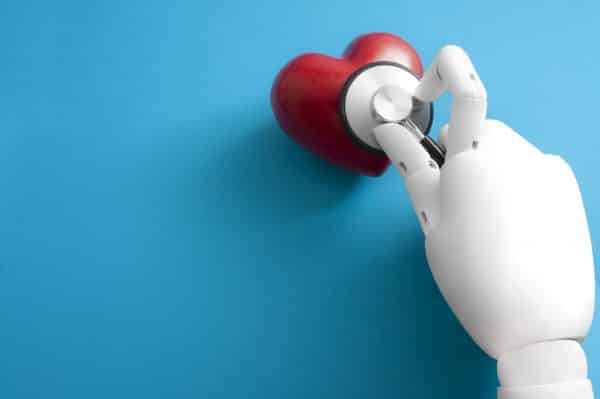
How to Extend the Lifespan of Your Ambulance Equipment
Maintaining the lifespan of medical equipment is a priority for emergency medical services (EMS) teams. Ambulances and their tools must perform reliably to support life-saving efforts. Prolonging the usability of ambulance equipment requires consistent care, adherence to manufacturer guidelines, and proper training for EMS staff. Below are strategies to achieve these goals effectively.
Regular Maintenance Is Essential
Routine maintenance prevents unexpected failures and extends usability. Inspections should occur frequently to identify wear or damage. For instance, oxygen regulators, defibrillators, and suction devices should undergo regular testing to confirm operational readiness. Cleaning protocols are equally important; disinfecting stretchers and other patient-contact equipment after every use helps maintain hygiene while reducing wear caused by residue buildup. Additionally, calibrating devices such as ECG machines ensures accuracy in critical situations.
Proper Storage Protects Equipment
Environmental factors can degrade sensitive tools. Storing ambulance equipment in controlled conditions prevents damage from humidity, temperature extremes, or contamination. For example, ventilators and infusion devices benefit from storage in dry, dust-free environments. When not in use, securing portable tools in designated compartments minimizes movement during transit, reducing the risk of mechanical strain.
Prompt Repairs Prevent Further Damage
Addressing minor malfunctions immediately avoids costlier repairs later; replacing worn-out stretcher mechanisms or damaged battery packs ensures continued reliability without compromising patient safety. Comprehensive records of repairs and service history help track performance trends and anticipate future needs.
Training Enhances Equipment Handling
EMS teams must receive thorough training on the proper use of all tools. Mishandling can lead to premature wear or even device failure during emergencies. Refresher courses keep staff updated on new technologies and reinforce best practices for operating existing equipment.
Vehicle Maintenance Matters
Ambulances themselves require regular upkeep to maintain reliability. Checking tire pressure, fluid levels, and engine performance reduces the likelihood of breakdowns during critical missions. HVAC systems also need attention to provide a comfortable environment for patients and crew alike.
Work with Coast Biomedical Equipment Today
At Coast Biomedical Equipment, we understand the challenges EMS providers face in maintaining their tools and vehicles. Our factory-trained technicians specialize in servicing ambulance equipment to help extend the lifespan of medical equipment you rely on daily. Contact us today for expert advice or quality replacement parts that keep your operations running smoothly.



